Ever wonder why over-the-counter drops and even prescription drops don’t seem to resolve a chronic dry eye condition? Chances are you (or your doctor) are using the wrong approach.
Dry eye is a complex disease, but the origin can be traced to two basic causes: lipid deficiency (also called evaporative and aqueous deficiency) or lack of tear production. Most eye drops including prescription drops, only deal with the aqueous component and are missing a primary cause of dry eye.
In a 2012 study published by Lemp in the Journal Cornea, 85% of dry eye was evaporative, 15% aqueous only, and 37% combined. Fortunately now, with the introduction of clinical interferometers (an instrument used to measure tear lipid/oil layer thickness) doctors can more accurately diagnose the cause of a patients’ dry eye.

The meibomian glands of the eyelids are responsible for secreting tear film oil. There are approximately 30 glands vertically oriented in each eyelid with the orifice on the eyelid margin. Not all glands secrete at one time and over time they can become clogged with meibum (congealed lipid) and stop working. When they are inactive for a long period of time, they atrophy. Heating and expressing the glands can remove the meibum. When this is done, function of the glands is restored.
Meibum is like wax initially, but once heated to 104 degrees it will liquefy and flow. This is accomplished by applying direct heat to the inside of the eyelid with a device called Lipiflow. The device has a ceramic dome that vaults the cornea, and a mechanical bellows (pressure cuff) that rides on the outside of the eyelid. When the device senses the inside of the eyelid and reaches 104 degrees, a controlled pressure via the bellows is exerted on the outside of the eye to express the glands and clear the blockage.
Studies have shown that following a single treatment, an average of 2.5-3.0 times as many glands are functioning and continue to do so for up to 9 months following treatment. To ensure the meibomian openings remain open, debris and epithelial tissue is mechanically removed approximately every 4-5 months.
Lipiflow treatment has been found to be successful at decreasing or improving dry eye in 85% of patients.
Dr. Evans is the founding owner of Evans Eye Care in Palm Desert and can be reached at (760) 674.8806 or online at www.evanseyecare.com.






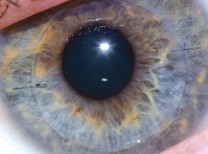
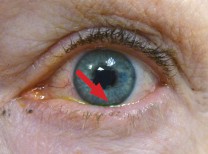

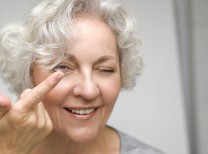
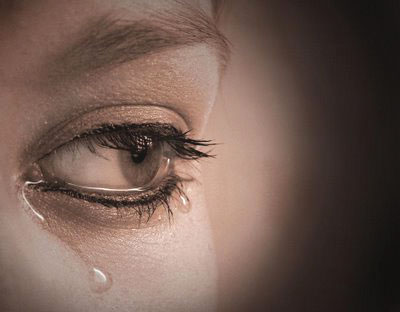



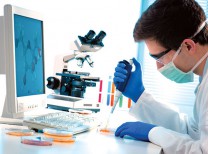
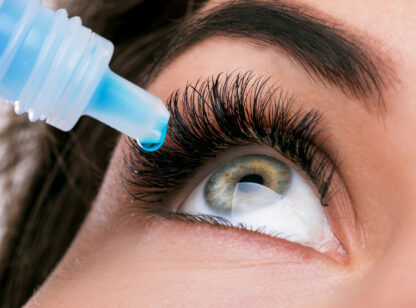




























Comments (0)